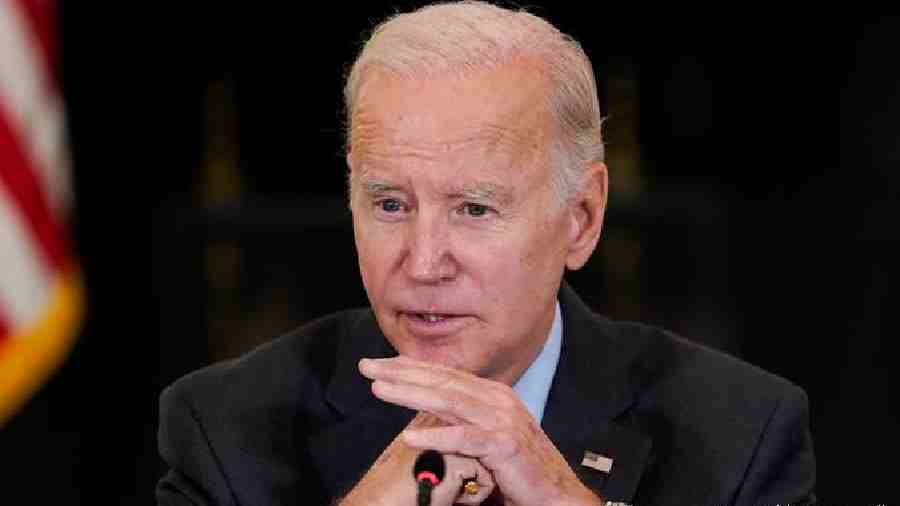When China’s foreign minister visited the Philippines last weekend, he had a stern message for President Ferdinand E. Marcos Jr. of the Philippines: It was vital that Manila “properly handle issues” related to Taiwan and the South China Sea, and follow through on its earlier commitment not to choose sides, he said.
On Wednesday, Marcos turned up at the Philippines’ annual military drills with the United States dressed in an army fatigue jacket and closely inspecting an American rocket launcher. Later, he sat next to the American ambassador as they watched artillery units take out a target ship nearby.
It was the first time in a decade that a Philippine President had participated in these joint military exercises, and the message was unambiguous: After years of mostly tolerating China’s aggressive campaign of pressing territorial disputes with the Philippines, the Filipino government is again pivoting toward its oldest ally, the US.
This desire to do so comes as relations between the US and China have fallen to their lowest point in years. Across Asia, governments are anxious about these tensions, fearing, in particular, a possible Chinese invasion of Taiwan.
New York Times News Service










